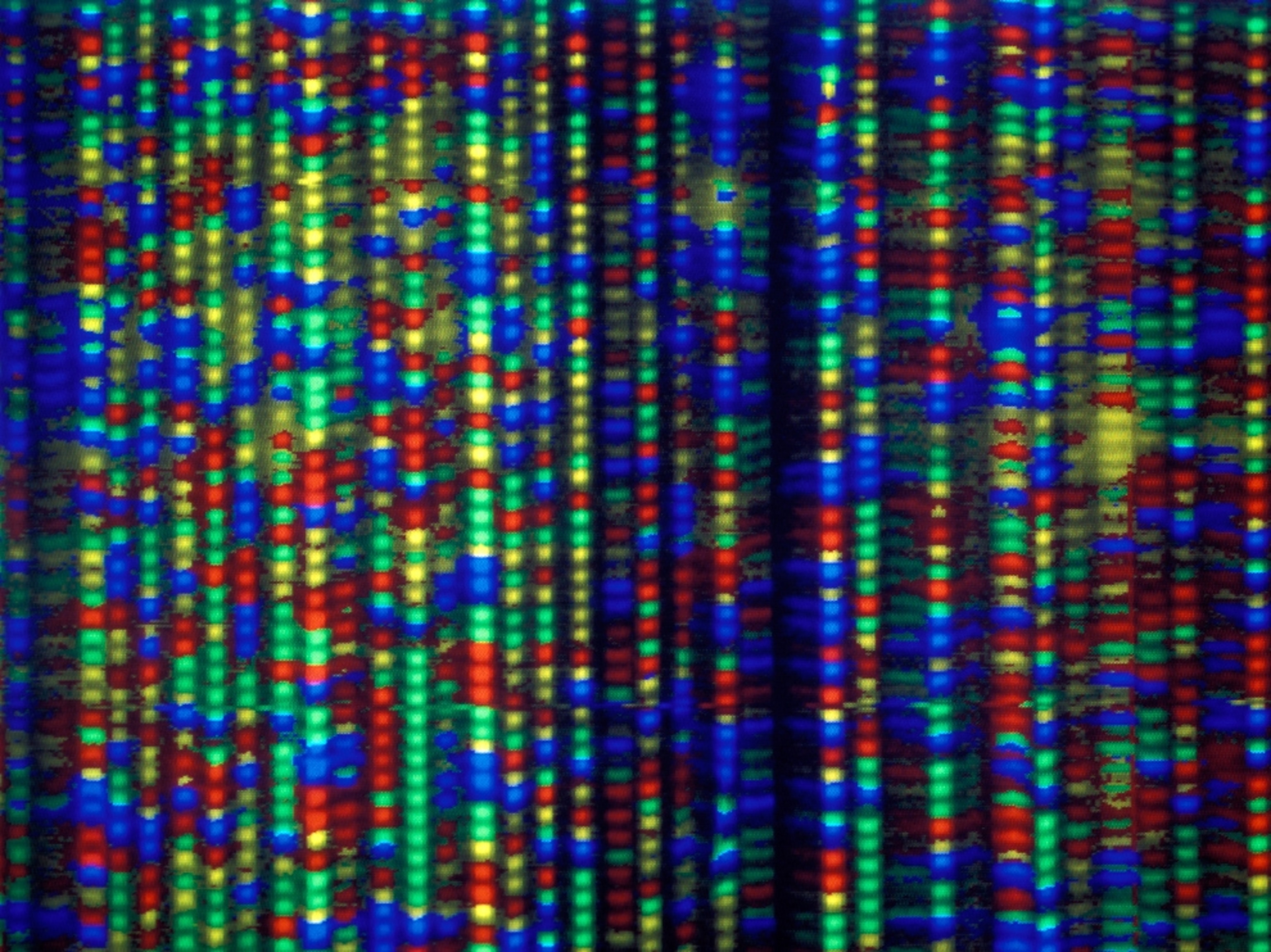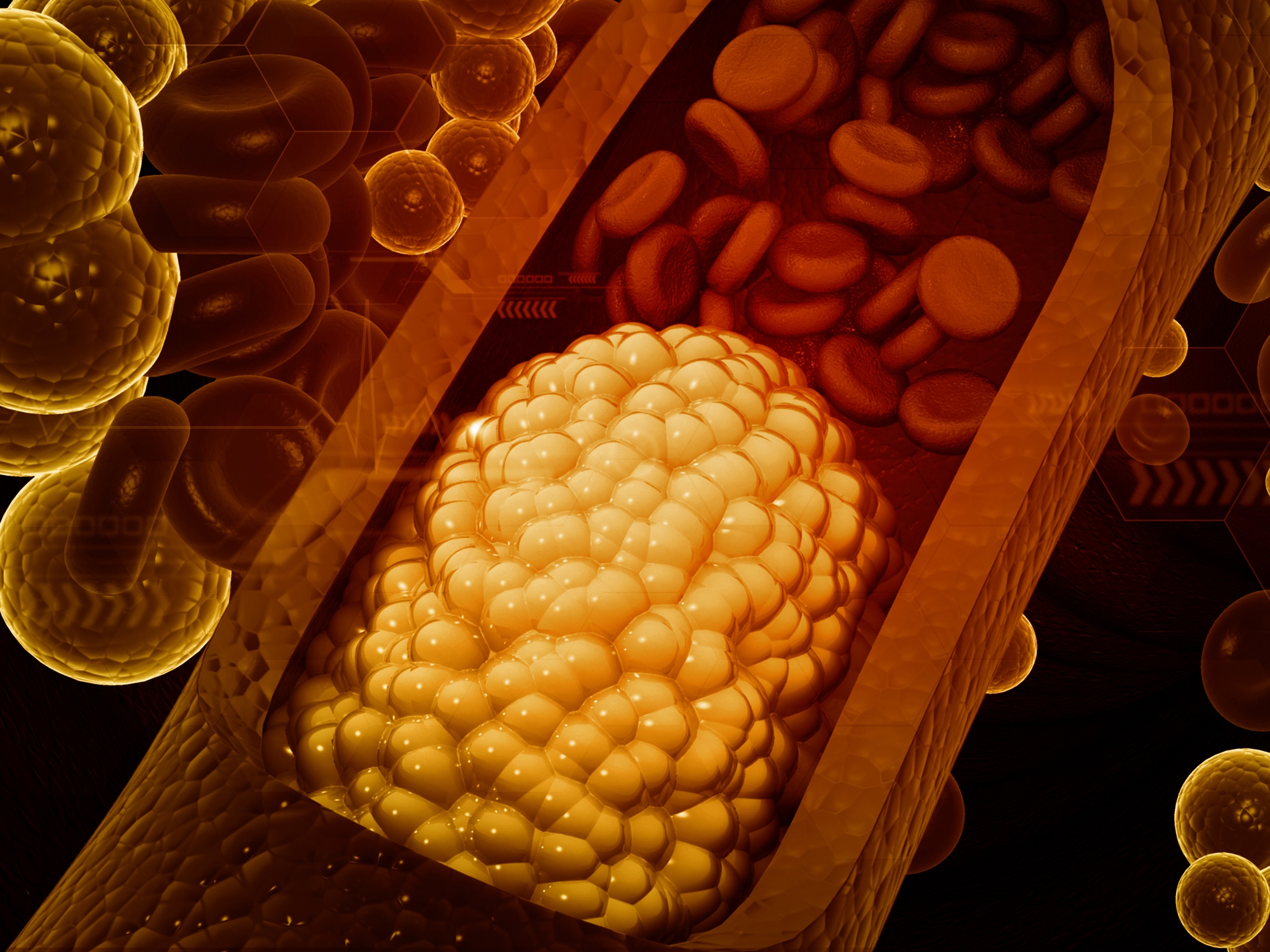
Synthetic DNA Created, Evolves on Its Own
"XNA" may help answer basic questions of biology, study says.
Step aside, DNA—new synthetic compounds called XNAs can also store and copy genetic information, a new study says.
And, in a "big advancement," these artificial compounds can also be made to evolve in the lab, according to study co-author John Chaput of the Biodesign Institute at Arizona State University. (See "Evolution vs. Intelligent Design: 6 Bones of Contention.")
Nucleotides, the building blocks of DNA are composed of four bases—A, G, C, and T. Attached to the bases are sugars and phosphates. (Get a genetics overview.)
First, researchers made XNA building blocks to six different genetic systems by replacing the natural sugar component of DNA with one of six different polymers, synthetic chemical compounds.
The team—led by Vitor Pinheiro of the U.K.'s Medical Research Council Laboratory of Molecular Biology—then evolved enzymes, called polymerases, that can make XNA from DNA, and others that can change XNA back into DNA.
This copying and translating ability allowed for genetic sequences to be copied and passed down again and again—artificial heredity.
Last, the team determined that HNA, one of the six XNA polymers, could respond to selective pressure in a test tube.
As would be expected for DNA, the stressed HNA evolved into different forms.
This shows that "beyond heredity, specific XNAs have the capacity for Darwinian evolution," according to the study, published tomorrow in the journal Science. (Read "Darwin's Legacy" in National Geographic magazine.)
"Thus, heredity and evolution, two hallmarks of life, are not limited to DNA and RNA."
XNA Could Demystify Origins of Life?
All of XNA'S actions are "completely controlled by experimentalists—it's 100 percent unnatural," study co-author Chaput noted.
But such control means that scientists can "use [XNA] to ask very basic questions in biology," such as about the origins of life, Chaput said.
For instance, "it's possible that life didn't begin with DNA and proteins like we see today—it may have begun with something much, much simpler," he said.
A scientist could potentially evolve XNA to discover various functions that would have been important for early life.
Overall, he said, the new discovery is "pretty cool—and very powerful."





